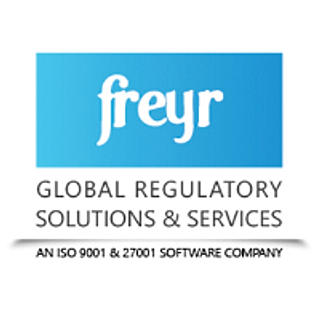FDA’s Pregnancy, Lactation and Labeling Rule (PLLR) Get Insights on Section-wise Changes
- Freyr Global Regulatory Solutions
- May 3, 2018
- 1 min read
The United States Food and Drug Administration’s (USFDA’s) Pregnancy, Lactation and Labeling Rule (PLLR), which came into effect in June 2015, establishes a labeling standard for prescription drug products which can be used during maternity and lactation. In addition, to overcome the current prescription drug labeling information, the new rule focuses more on content and format changes under Physician Labeling Rule (PLR), too.
Drug consumption during pregnancy and lactation is often left to the discretion of medical practitioners. According to a report, on an average, a pregnant woman takes 2.6 prescription medications at any time during pregnancy. Un-informed or misdirected drug use during this time can lead to health complications, which the USFDA attempts to prevent with necessary instructions through this guidance.
Prescription drug labeling assists healthcare professionals in prescribing appropriate medicine. This, in turn, helps them communicate better with the patients which also leads to increased vigilance. With PLLR, FDA aims to achieve uniform communication of risks and benefits of drug products which can be used during pregnancy and lactation.
PLLR is applicable to a spectrum of applications including New Drug Applications (NDAs), Biologics License Applications (BLAs) and efficacy supplements to BLAs. FDA’s updated PLLR guidance indicates the allocation of new subsections under:
8.1 Pregnancy 8.2 Lactation and, 8.3 Females and Males of Reproductive Potential of USE IN SPECIFIC POPULATIONS section of the full prescribing information (FPI)







Comments